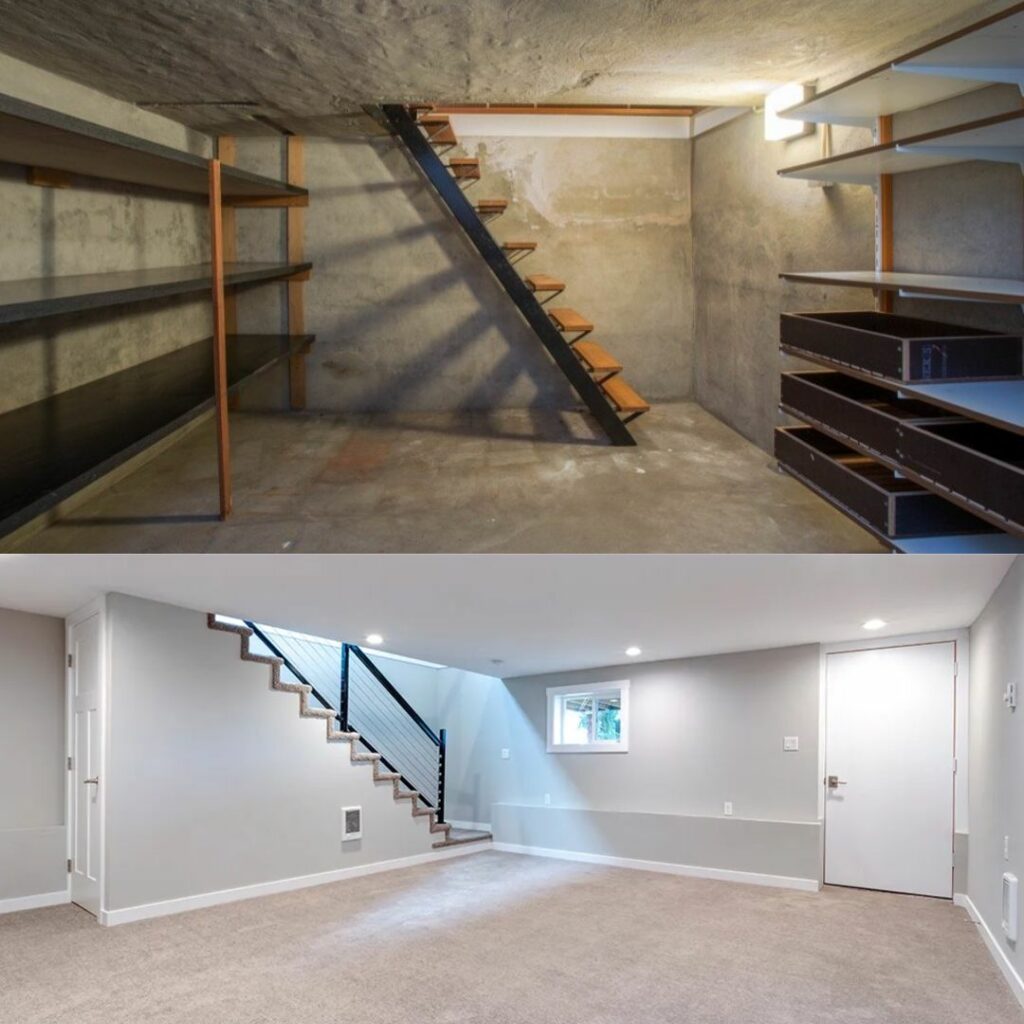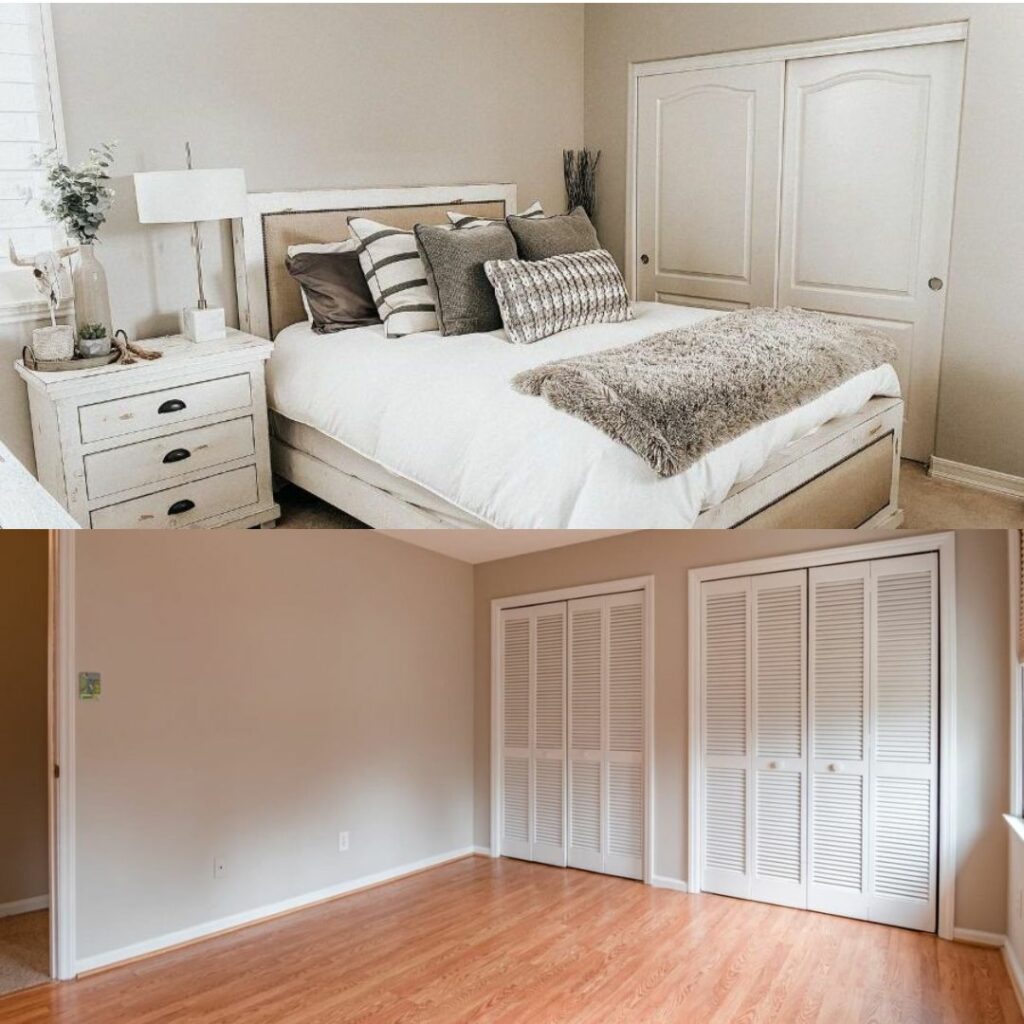The Best Temperature Range
Right off the bat, the optimal temperature for storing framed artwork is generally between 65°F to 75°F (18°C to 24°C).
(for example: 65°F degrees like the temperature of what you wish your house was in the summer to 75°F what you wish it was in the winter.)

Where Should I Store my Artwork?
It’s important to avoid extreme temperatures and fluctuations, as they can cause damage to the artwork over time. But what if you only have storage space in your cold basement? Or just your attic? Here’s our recommendation:
A) For basements where the heating doesn’t reach very well or at all, we recommend:
- Keeping artwork off the floor by placing it on shelves or racks. This helps protect it from potential water damage in case of flooding or leaks.
- Use moisture-resistant materials like plastic sheeting or foam board to create a barrier between the artwork and any damp surfaces. This can help prevent moisture from seeping into the artwork.
- Avoid leaning it against walls and place away from direct sunlight. Walls can transfer cold and moisture, which may cause shrinkage or warping over time. Direct sunlight can sunburn your art and you’ll have to apply aloe on it every couple hours till it stops whining. (Jokes but sunlight as we know causes fading and can crack paint and it’ll crumble off)
- Wrap each piece of artwork in acid-free paper or bubble wrap to protect it from dust, scratches, and potential humidity changes. Avoid using plastic wrap directly on the artwork, as it can trap moisture. Ensure that the plastic is not airtight to prevent condensation.
- Rotate the stored artwork periodically to ensure equal exposure to any changes in temperature and humidity. (especially for your pricey artwork, write down a reminder on your calendar to check the humidity and position of the artwork about every season change)

B) For attics that often are stuffy and lack air circulation, we recommend:
- If possible, avoid storing artwork in the attic altogether. Consider investing in climate-controlled storage or finding ways to regulate the temperature and humidity in the attic space. If that’s not an option:
- The same things as the basement, but for heat protection use reflective insulation which can help reduce heat absorption, and proper ventilation can help dissipate excess heat. (wrapping in a material like acid-free, archival paper. This type of paper is specifically designed to be pH-neutral and will help prevent deterioration and discoloration. For added protection cover in acid-free plastic and foam. Top it off with Mylar sheets for extra heat protection)

C) Guest room closet or spare room
Ultimately, use the tips above such as storing up off the ground, placed between two foam boards or plywood wrapped in plastic that isn’t airtight. Closets in rooms like the two below are ideal storage spaces. They are closed off from sunlight and climate is steady. Additionally, make sure objects stored next to your artwork won’t accidentally fall on top or lean on your art to avoid scratches and dents.

D) Garage
If you absolutely have to store it in here, use extra cushion and wrapping shields as the chemicals from your cars and equipment will seep into your artwork and cause warping, discoloration quicker. Check artwork every hour to ensure it’s okay and has enough water to drink. (Oh wait, that tip’s for a pet.) Artwork is sensitive to environmental conditions, so it’s advisable to store it in a controlled environment away from direct sunlight, heat sources, and areas with high humidity. Since a garage door opens frequently changing the temperature consistently it is recommended to keep valued art out.

Keep It Safe, Avoid Replacing
Finally, If you’re unsure about the specific requirements for a particular piece of artwork please consult with art conservation professionals or picture frame shop or refer to any care instructions provided by the artist or gallery. Remember, it is better to set yourself up for success by proper storage so that you don’t have to replace your art.






